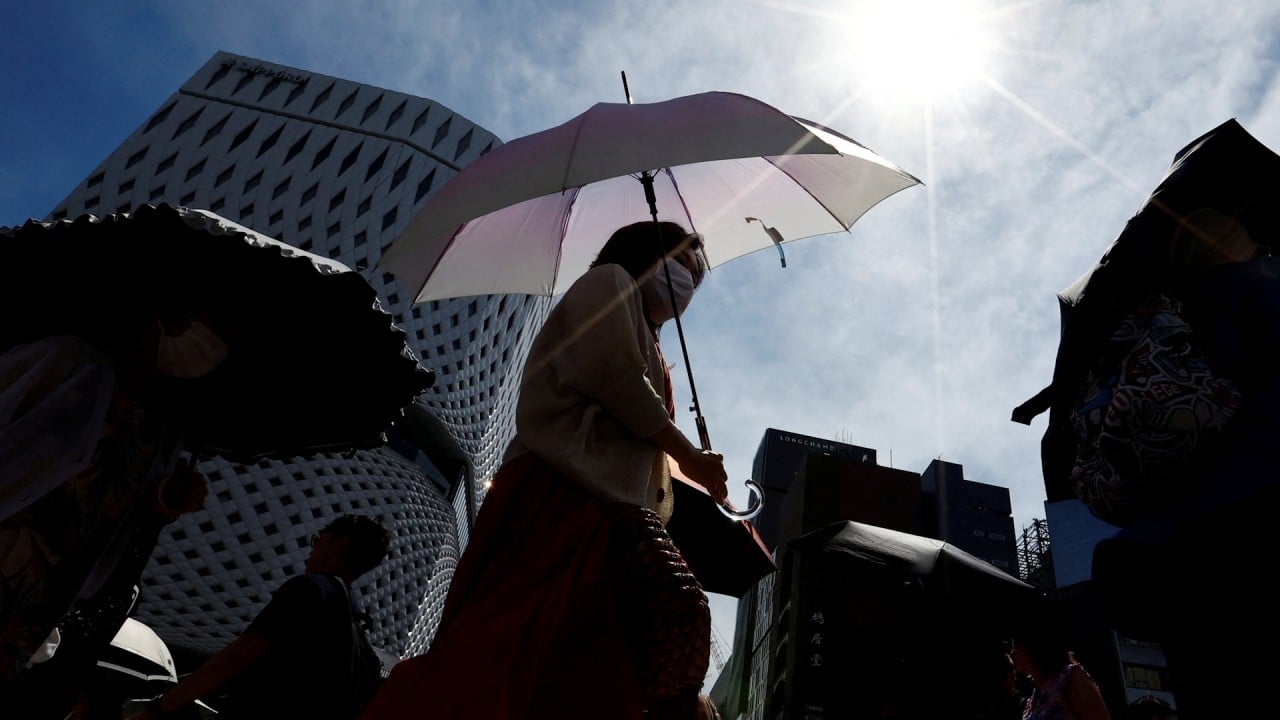Japan has been relying more on China’s supply chain than the US’, according to a recent trade breakdown by Tokyo that reflects how Japan has not sought to decouple from China, but rather “insulate” itself in certain areas.
Among imported products that Japan relies heavily on, more than two-thirds came from China in 2022 while only an eighth came from the United States, according to a newly released white paper from Japan’s Ministry of Economy, Trade and Industry.
The detailed findings, unveiled on Tuesday, assessed trade data on around 4,300 items imported that year by Japan, the US, Germany and the Group of 7 overall.
Japan depends far more heavily on single countries – often China – for imports of many more types of consumer and industrial products than do Tokyo’s Group of Seven peers, according to the white paper.
The report applied the Herfindahl-Hirschman Index (HHI), a measure of market concentration in which a reading above 50 for a given product means that one specific country accounts for more than half of its imports.
Overall, Japan relied heavily on imports for nearly 47 per cent of its 4,300 products surveyed. In particular, Japan imported more than half from China in 1,406 specific items, representing almost 70 per cent of 2,015 items that Japan sourced heavily from overseas in 2022.
[China and Japan] are in a situation where they need each other, and I don’t see a push toward decoupling
In contrast, the US accounted for only 12.5 per cent of the imports on which Japan strongly relied.
And today, that type of trade scenario still persists, explained Stephen Nagy, director of policy studies for the Yokosuka Council of Asia-Pacific Studies in Tokyo.
China-Japan economic ties remain “highly complementary”, he said, adding that Japan’s reliance on Chinese goods is expected to continue.
“Both countries are in a situation where they need each other, and I don’t see a push toward decoupling,” Nagy said, adding that a weak yen makes Japan all the more attractive to Chinese exporters.
Japan does not advocate decoupling the way Western countries have done, but the Japanese aim to “insulate the sensitive parts of their relationship” from China, Nagy noted. However, Japan will limit Chinese access to chips and dual-use technology used for both civilian and military purposes, Nagy said.
In 2022, Tokyo passed the Economic Security Promotion Act to develop more resilient supply chains while promoting infrastructure security and the use of critical technologies.
Additionally, Japan has expanded fiscal support to companies to incentivise the reshoring and diversification of business operations from China, especially in strategically crucial industries such as semiconductors.
However, Japan, China and South Korea agreed to resume negotiations on a trilateral free-trade agreement at a summit in May 2024.
Rumi Aoyama, director of the Waseda Institute of Contemporary Chinese Studies at Waseda University, said the agreement was a “clear signal” from the leaders of the three major powers in the region that economic relations are vital and must continue.
“In a region where the trend towards economic integration is continuing, political leaders show a strong intention to stabilise economic relations, and economic-security policy does not aim at full decoupling,” Aoyama said in a blog post on June 27 on the Australia-based East Asia Forum that focuses on analyses of Asian economics and public policies.
As the second-largest exporting country of China, Japan’s exports fell to US$157.49 billion in 2023 from 2022’s US$171.98 billion, according to Chinese customs data.
Last year, Japan was China’s top buyer of air conditioners and rare earth minerals, the second-largest importer of Chinese smartphones, and the fourth-biggest importing country of Chinese laptops and organic chemicals, according to customs data.
In the category for “portable equipment under 10kg”, which largely includes laptops, the value of China’s exports to Japan fell last year by 0.5 per cent to US$4.22 billion from US$4.67 billion in 2022, the data showed.
China exported more than 40 per cent of its rare earths to Japan last year, by value, and the value of exports to Japan plunged by 24.66 per cent to US$218.66 million in 2023 from US$209.2 million in 2022.
Nearly 13 per cent of China’s air conditioners were sold to Japan last year, and their export value accounted for 12.75 per cent of China’s total air conditioner exports.
Additional reporting by Ralph Jennings



